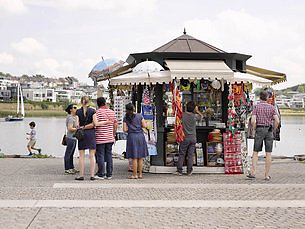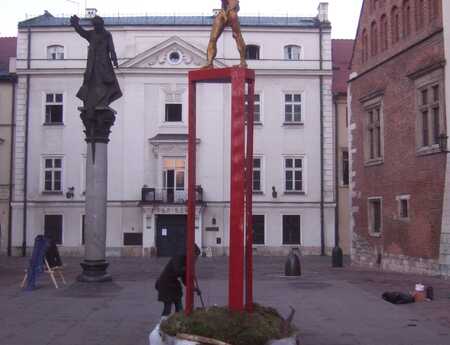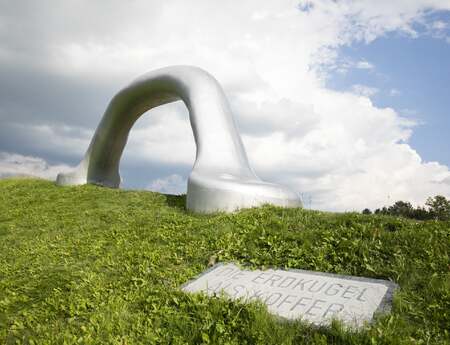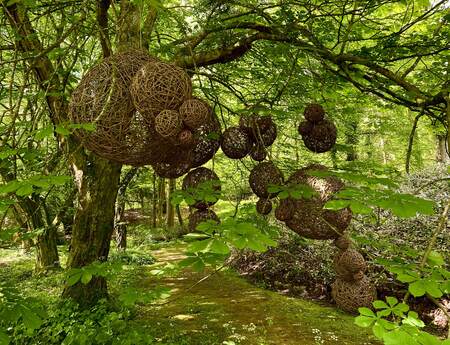Art and Public Spaces
In 2017 sculpture network addressed the topic “Art in Public Spaces” during all of its programmes taking place throughout Europe.
Art and Public Spaces - A Catalogue of Requirements

„A work of art is not created at a location, rather the location itself is the work of art,“ proclaimed Robert Smithson in the 60’s and thus provided a simple but concrete indication of the relationship between art and public spaces. However, much has changed since then: The boom of site-specific art in the 80’s and early 90’s was followed by cross over, audience-oriented art and service-oriented art. Today - at the beginning of the 21st century - modern art is not only stuck in a dilemma, but the entire western world seems to be coming apart at the seams: worldwide media forces, ever increasing streams of refugees, global economic crisis, international terrorism. And art? The retreat of artists and curators to theoretical discussions at numerous congresses and workshops is, for the time being, appropriate. Nevertheless, perspectives for the future of public art must be developed and realized quickly.
Art and Architecture
As a result of the plea for cross-over in visual arts since the mid-90’s the younger generation of artists in particular have devoted themselves to the relationship between architecture and urban planning. The days when good art was often misused for the representation and decoration of mediocre architecture are long past. There is more at stake now. The withdrawl of humanity into their own four walls, largely caused by the so-called new media of home shopping, Internet, live chats and e-mails, assigns a great task to public space as a user-interface of human communication - the recovery of the city by its inhabitants, the confirmation of the city as a location of societal, economic, social and human activity.
Art and Cities

According to the newest studies large western European cities will continue to explode in the coming decades. In contrast smaller and medium-sized cities will ‘shrink’ considerably. Add to this a modern-day nomadism, emigration and immigration and the separation of work and living areas. In the future the ‘classic’ guest worker of the 60’s and 70’s will be replaced by the foreign worker living in a pre-fabricated unit who, just like his family, does not know in excatly which metropolis he is at the moment. Plus, there will also be the so-called televillages, settlements in which people no longer just live, but sit at their home office PC’s and, with the impending threat of losing all connections to reality, no longer need to leave their apartment to go shopping because the groceries ordered via e-mail or text message are, naturally, delivered free of charge. This means that in cities actual empty spaces, residual areas and non-sites will be created. These can be viewed as an opportunity or a risk and can create important new areas of action for public art.
Art and Public
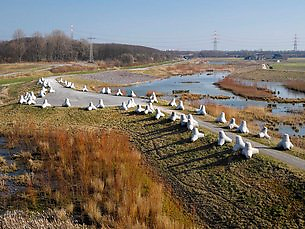
With the continued anonymization and acceleration of day-to-day activities public spaces and the behaviour of people in them and with them has taken on a different quality. In the ‘old’ days you might have closed the door to have a private telephone conversation; today urgent relationship problems are resolved in the tram with numerous witnesses listening. The slow-moving industrial society of the late 20th century has unexpectedly given way to the fast-paced information society of the early 21st century. Or - to quote Bert Theis again – a „neoliberal stress society“, which believes the delusion that it deals with the ‘Time Factor’ more efficiently and economically than the previous generation had. It is exactly here that modern art has been assigned the task of exploring the issues of acceleration and deceleration and the line between them that is already starting to blur, as was previously described by Vito Acconci. „Time is fast and space is slow. Space is an attempt to place time and understand time, space is a need to have something to see.... Space is a desire to follow the course of events and to believe in cause and effect.“
EUROPEAN DIALOGUE SERIES 2017
European Dialogue series 2017 “Art in Public Spaces”
This was a year-long series of local events taking place throughout 2017 which included experts’ talks, discussions and curated visits throughout Europe at multiple venues.
Author: Florian Matzner
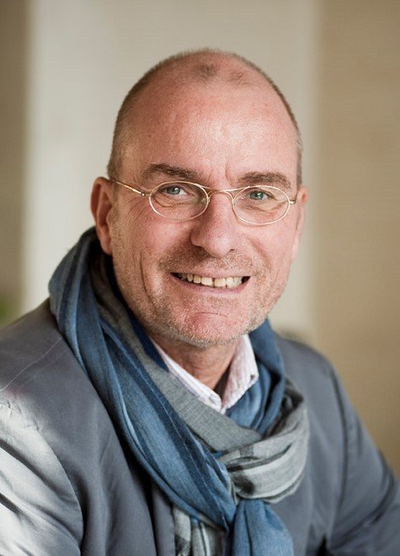
Prof. Florian Matzner of the Art Academy of Munich
was the Curator of this series of events.From his point
of view there is an urgent need for a new awareness
among the general population for art in public spaces.
